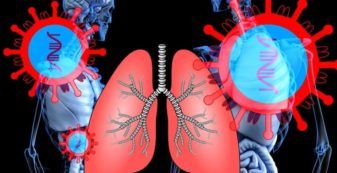Plasma Therapy: How it Works for Coronavirus Patients

As there is no definite medicine or vaccination for COVID-19 till now, this disease has caused many investigational therapies like convalescent plasma therapy. This approach has been used earlier in medical history for diseases such as the Ebola virus, diphtheria, scarlet fever, pertussis, Spanish flu, measles, MERS-COV, H1N1 and many other viral and auto-immune illnesses being given convalescent blood products.
Plasma therapy:
The treatment requires taking plasma of patients who have recovered from COVID-19 as they carry antibodies against the viruses in their plasma. Sufficient antibody production is not universal, but many such patients have a healthy number of antibodies. So for patients in a moderate or early phase, the plasma from recovered patients (usually around the 28th day onwards in the mild stage or 14 days after recovery in other patients), can be used in newly infected patients who do not have antibodies to fight the illness.
The second phase is characterized by the lungs getting affected and suspected pneumonia, with symptoms of persistent cough or breathlessness. In this case, if a patient has a continuous requirement of oxygen, plasma can be given.

Well, it must be noted that plasma doesn’t always work. It depends on a lot on timings as they must be given at the right time at an early stage.
Therapy involves transfusion of antibodies from someone who has recovered from COVID-19 (convalescent coronavirus patient) into a critical patient. The therapy is based on the principle that the blood of a recovered patient is rich in antibodies needed to combat COVID-19. These antibodies are expected to help critical patients recover.
How does it work?
Blood plasma is a yellowish liquid component of blood that consists of protein, minerals and antibodies. If someone has recovered from COVID-19 there are chances that the person’s body has developed antibodies that helped them fight the virus. The same antibodies, if infused into another patient may provide passive immunity and help them to recover.
Procedure Of Convalescent Plasma Therapy?
The procedure of donating plasma and transfusing it into someone’s body is similar to blood transfusion. Plasma from a patient who has recovered from coronavirus infection is taken out and infused Intravenously (IV).

Who Can Donate Plasma?
Patients who have recovered from coronavirus can donate plasma because only they have developed immunity against this virus. Plasma can be donated after 14 days of recovering from the disease. And donating plasma won’t make the donor weak as only plasma from the blood is taken out not the blood.
Due to the lack of a vaccine for coronavirus, plasma therapy is the potential treatment for the infection.
RELATED ARTICLES

best food for diarrhea




